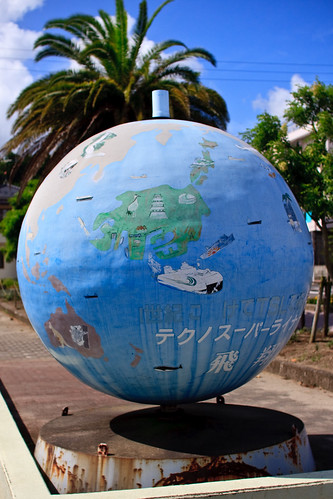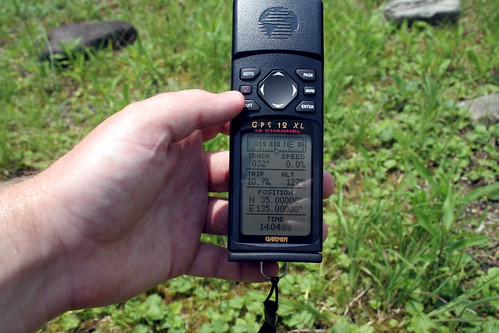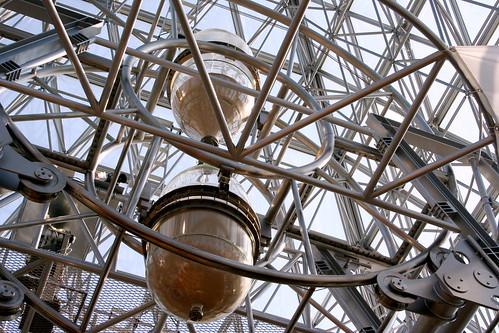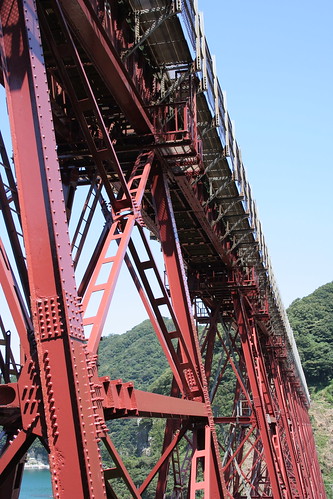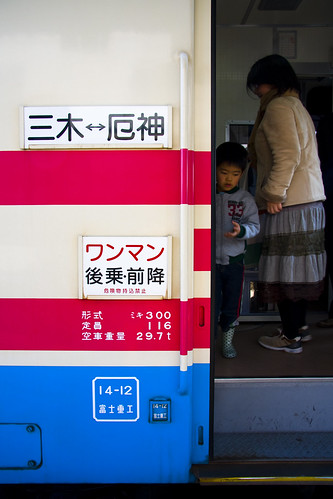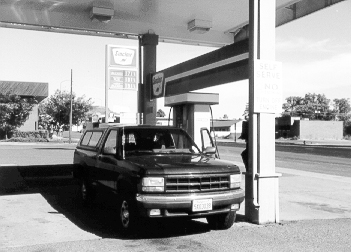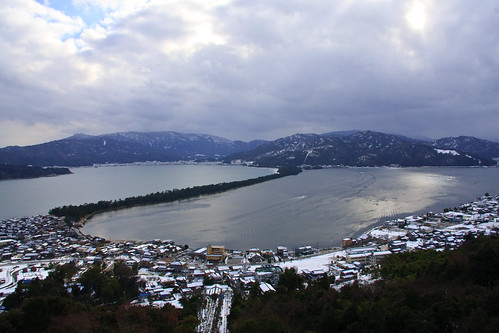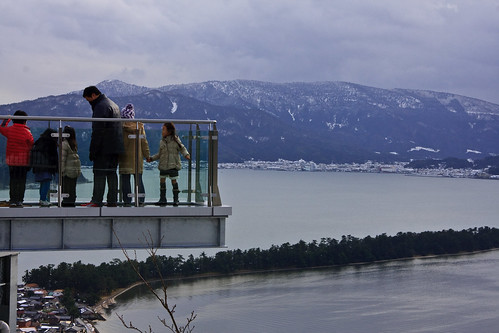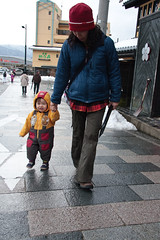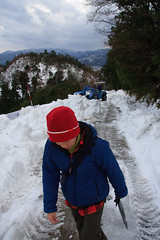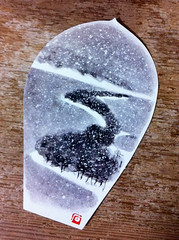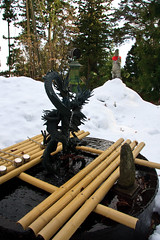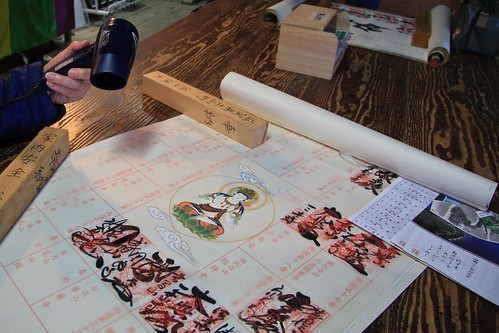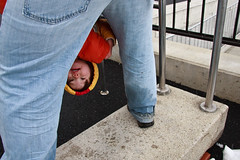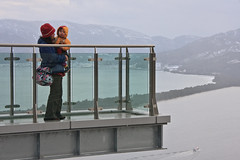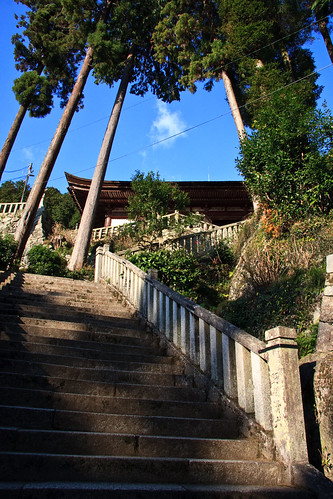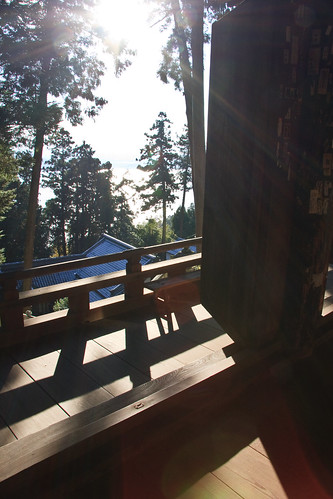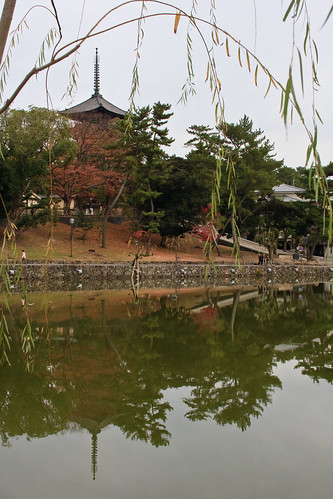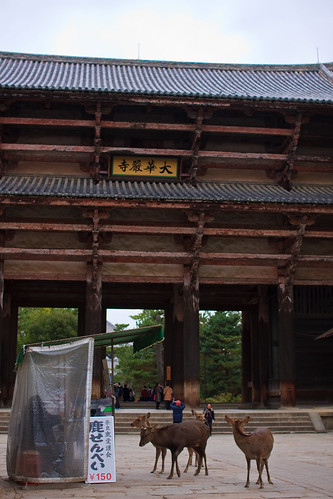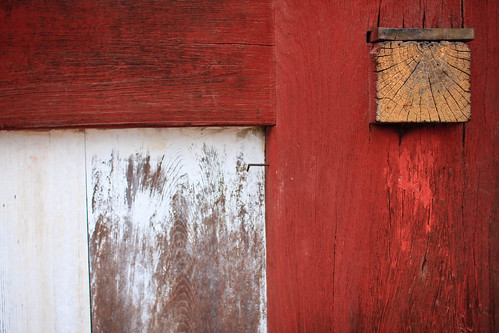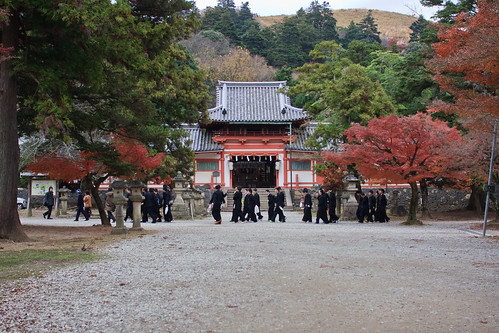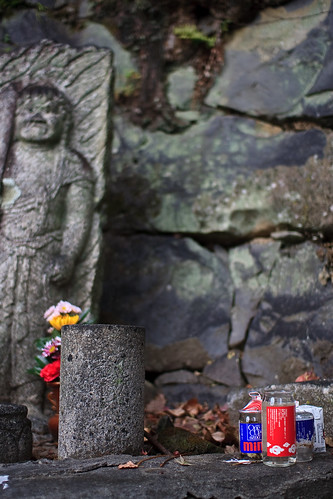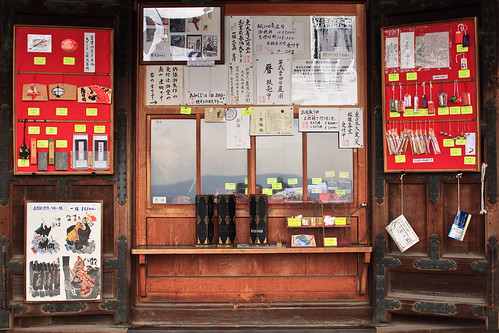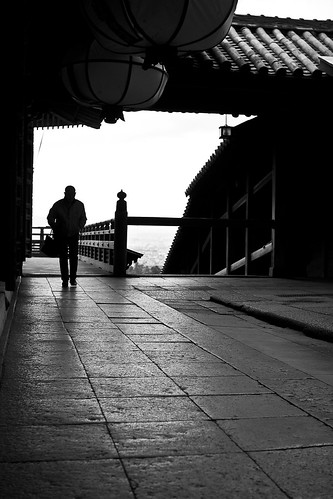I wrote a end of the year letter to my uncle in the USA and thought it would be good to share it with you all on my blog also.
Dear friends and family,
2011 was a very hard year for us in Japan with the
earthquake and tsunami. I was teaching a class on March 11th when it
hit. The shear power of the quake was frightful. It felt unlike any quake I’ve
been in. It felt evil. I’m 480 miles south of Fukushima. It would be the same
if you felt an earthquake centered Los Angeles all the way in Tucson.
 |
| Mia at the start 2011. |
Down here near Osaka the earthquake did not affect us so
much, but I feel like I should try to do more to help the victims. Some prices
when up. There was a shortage of batteries for a while. Life soon returned to
normal, almost too soon. I think one of the most amazing traits of the Japanese
people built up after thousands of years living in a disaster prone area is the
ability to stoically get up and keep on going after a disaster. At my work the
next day everyone was right there getting things done with little to no talk
about the quake. I’m sure at home and among friends things were different, but
work was work. There might have been an element of trying to keep a strong face
for our students also.
The quake was the most defining moment of the year for us,
but there were many good things also.
During the spring break at the end of the school year here
we spent the night in Ako at the western border of Hyogo, prefecture. There we
ate the most amazing Italian food and spent the night at a ryokan (a Japanese
style inn that serves dinner and breakfast) with a hot spring that had outdoor
baths overlooking the Seto Inland Sea.
In May we went up to Matsumoto in Nagano prefecture to visit
Yuko’s friend there. We stayed one night at a great little ryokan that had a
perfect opaque white sulfur hot spring. I got to ride the local train and
explore the town and its many mineral water springs set up for drinking. The
weather was just perfect up in the mountains and it reminded me of eastern
California and the Sierras.
In the last few weeks over winter break we were able to
spend the night at a ryokan in Wakayama. The hotel is on it’s own island and
you have to take a boat there. We went with my former coworker who’s wife is
also Japanese and they have a son who’s a year or so older than Mia. I guess
I’m officially middle-aged now that I’m doing family stuff with other families.
During summer break we got a quick trip to Tucson in. It was
great seeing Mia swim in the pool. I miss the dry heat in the desert. Japan is
so humid and wet in the summer. The trip was fun but we didn’t many activities
or go many places. I got to drive all of my sister’s stuff in a giant U-Haul
truck from Los Angeles to Tucson. Driving in Japan is fun, but I miss American
roads too. Especially going through the Mojave and crossing the Colorado.
 |
| Mia's first birthday. |
We really didn’t do much on the trip because on our first
night in Tucson Yuko woke me up at 4 am complaining of massive stomach pains.
So after getting Mom to watch Mia, I drove her down to the local hospital where
she was admitted to the ER. It was scary to see my wife in such pain in the
hospital. She was a bit scared too and worried about her English—although the
staff complemented her on how well she spoke. While painful, it was just a
kidney stone. After a CAT scan and some other tests she was released later that
morning with some painkillers. The staff was very caring with her despite
having to deal with the strange, loud, crazy and somewhat scary people who were
in the ER with us. It was a learning experience for us both. I have to say that
the quasi-public health care system in Japan is 1,000 times better than what we
have in the states. Frankly, one of my biggest worries about returning to the
US is health care and health insurance. This short trip to the ER cost $6,000!
Thankfully we had travel insurance that covered all the costs.
So for the remainder of our trip we basically spent around
my mom’s house, as Yuko was in bed in pain a lot of the time. Despite that we
all had fun and we’re looking forward to going back again in 2012.
In America I bought a hiking backpack to put Mia in. It’s
turned out to be so incredibly useful and fun. We didn’t get to use it much in
Tucson, but in Japan I use it instead of a stroller. There are so many stairs
and uneven roads that strollers are just so inconvenient. It’s also a lot of
fun because people in Japan just don’t use them so everywhere we go Mia gets a
lot of attention. I break it down this way: 75% because she’s so cute, 20%
because of her saddle (the backpack), 5% because of her horse (me). And that’s
a generous 5% I’m giving myself!
Before winter got started I’d take Mia out in the backpack
2~3 times a week. We’d walk town the river by our house to the bay or take a
train out someplace and walk between two not so distant stations and take a
different train back home. She gets such
a kick out of it and always perks up when I get the backpack out.
 |
| Mia in the backpack hiking up to a temple. |
We’re also using the backpack when we go to temples. We’ve
been to quite a few this year. It’s always fun to strap her in and climb up the
ubiquitous long flight of stairs up the side of a mountain to the temple The
temples are all always so peaceful with nature and fresh air all around them.
The break from the crowded and dirty cities is always refreshing. The monks, temple
workers and other visitors all just adore Mia and her happy personality too.
Mia has grown so much it’s quite amazing. She only just
began to walk in August and she’s basically all about walking now. Her
comprehension is quite high in Japanese and English. She can say many understandable
things like mom (mama), dad (da), train (dencha – the Japnese word), food
(mamata – that’s her own word), please (peeez), thank you (atto – after
Japanese “arigato”), Blues Clues (Buooo – children’s TV program), Peek a boo
(Nai nai ba – Japanese version), Nao (Naooo – Our neighbor’s son’s name), see
you, bye-bye and so on. She’ll also just carry on for minutes at a time in her
own special language. I’m so proud and just blown away by how smart she is.
She’s also such a happy baby. She’s not scared of other children or other
people. I like to say that she’s great at aisatsu, or greetings, a very
important part of Japanese culture.
 |
| Mia at the end of 2011. |
I’ve been busy working 6-day weeks (5 at school and 1 at the
bar) and not having enough time at home. Last term I had many special
assignments that really killed me as I did most of the work myself. Thankfully,
they all finished without any huge disasters and I got a ton of praise from my
coworkers, vice principal, and the principal himself. I’ve decided I need to do
less time at the bar for my health and to free up some time so I could start
attending classes online. My hot spring review and information website
(
iloveyu.jp) also needs so much more work that I just can’t get myself to do.
On the other hand, I’ve taken some amazing photos this year and made some
incredible worksheets, classes and videos at work including the website for the
bar I work at (
wexfordtavern.jp). Because of Mia I don’t get to take long train
trips anymore, but I still was able to get a few short local trips in. Going on
a little adventure now and then is so much fun and I never want to stop doing
it. Back in America I’d drive across the desert and small highways, here I take
local trains and walk around sleepy villages. Soon enough Mia and I will be
going on these adventures.
Thank you for reading my little blog. I don't do as much with it as I want but I hope to have some extra content about taking trains and more restaurant tips up in 2012. We hope you’re all in good health for 2012 and that it turns
out to be a great one for you.
Yours truly,
David, Yuko and Mia
